1. Introduction of Pigs for Cleaning Pipes
Definition and Primary Function
EMT Pigs for Cleaning Pipes, short for Electromagnetic Inspection Pigs, are specialized devices used within the pipeline industry primarily for cleaning and inspection purposes. These tools are propelled through pipelines by the pressure differential created by the product (gas or liquid) flowing through the pipeline itself. Their primary function is to remove unwanted deposits such as scale, wax, and other sediment that accumulate inside the pipe, which can impede flow and reduce efficiency. Additionally, EMT pigs are used for internal inspections, helping to identify issues like cracks, corrosion, and other structural weaknesses within the pipeline.
Overview of Role in Pipeline Maintenance
Pigs for Cleaning Pipes are essential for routine maintenance in the oil and gas sectors. They ensure pipeline integrity by regularly cleaning out harmful residues that could cause blockages or corrosion. This prevents potential leaks or bursts. Additionally, these pigs collect valuable data on pipeline conditions. This data helps address possible failures early and optimizes maintenance schedules. Ultimately, this reduces downtime and cuts operational costs.
2. Design and Material Composition
Description of Materials Used
The materials used in the construction of Pigs for Cleaning Pipes are selected based on their softness and elasticity. This is critical because the pigs must be able to deform slightly to navigate through varying diameters and configurations of pipelines, including tight and sharp bends. Common materials include polyurethane, foam, and various elastomers, which offer high durability and excellent resistance to the abrasive action of the debris they remove.
Importance of Material Flexibility
The flexibility of the materials is a key feature that allows Pigs for Cleaning Pipes to effectively clean and inspect pipelines. This flexibility ensures that the pigs can expand or contract to fill the pipeline diameter completely, providing thorough scraping of the pipe walls without causing damage. This adaptability is essential for maximizing the cleaning coverage and ensuring that the inspection sensors housed within the pig maintain close contact with the pipe walls for accurate data collection.
Impact of Material Choice on Pipeline Integrity
Selecting the right materials for Pigs for Cleaning Pipes is crucial for protecting pipeline interiors. Materials like polyurethane are soft yet durable, preventing harsh scraping that can scratch or damage the pipeline coating. This is especially important for pipelines carrying corrosive materials, where the coating protects against corrosion. The choice of materials balances effective cleaning with maintaining pipeline integrity, ensuring long-term reliability and serviceability.
3. Operational Benefits in the Natural Gas Industry
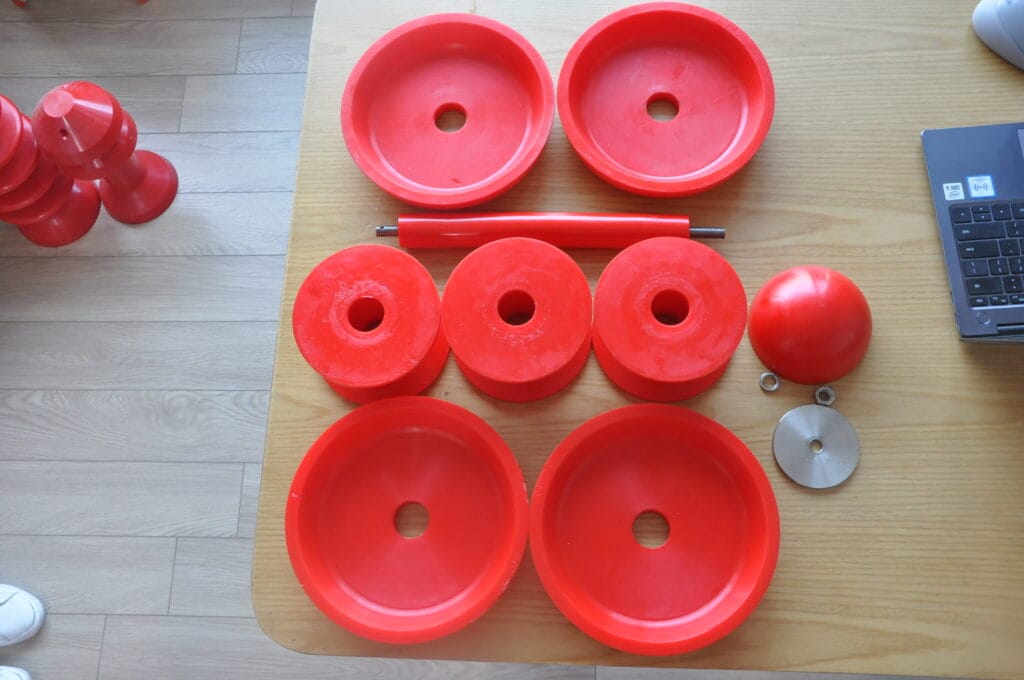
Role of Pigs for Cleaning Pipes in Maintaining Unobstructed Gas Flow
Pigs for Cleaning Pipes are vital for keeping natural gas pipelines clear of blockages. They regularly remove wax, scale, and other sediments to keep the flow of gas smooth. This helps minimize pressure drops across vast pipeline networks. Ensuring consistent gas delivery meets the required pressure specifications for customers and processing facilities.
Contribution to High Transportation Efficiency and Operational Reliability
The use of Pigs for Cleaning Pipes directly contributes to high transportation efficiency by optimizing the volume of gas that can be transported through the pipeline system. Clean pipelines mean reduced friction and lower energy costs associated with pumping the gas through the system. Additionally, operational reliability is enhanced as regular pigging reduces the likelihood of unplanned downtime caused by pipeline blockages or failures, ensuring a steady supply of gas to markets.
Importance of Continuous Operation Without Blockages for Meeting Energy Demands
Continuous operation of natural gas pipelines is vital for meeting the fluctuating energy demands, especially during peak consumption periods. EMT pigs ensure that pipelines operate without interruptions caused by blockages, which is essential for utilities and other end-users who rely on a consistent and reliable supply of natural gas for heating, electricity generation, and industrial applications.
4. Features of Pigs for Cleaning Pipes
Integration of Technologies like Electromagnetic Launching Devices and Fiber Optic Acoustic Feedback Systems
Modern Pigs for Cleaning Pipes are equipped with advanced technologies that enhance their functionality and effectiveness. Electromagnetic launching devices enable the remote launching and receiving of pigs, which facilitates their use in more complex and less accessible sections of the pipeline. Fiber optic acoustic feedback systems are integrated to provide real-time data on the condition inside the pipeline. So this system sends back acoustic signals that can be analyzed to detect anomalies like leaks, cracks, or unusual turbulence, indicating potential issues.
Benefits of Real-Time Tracking and Diagnostics for Operational Management
The integration of real-time tracking and diagnostic capabilities in EMT pigs allows for continuous monitoring of pipeline conditions. This capability provides operators with immediate feedback about the pig’s location and the internal state of the pipeline. Real-time data is crucial for making informed decisions quickly, scheduling maintenance, and addressing issues before they escalate into more significant problems.
How Technology Aids in Immediate Problem Detection and Resolution
Advanced sensors and diagnostic tools embedded in EMT pigs can detect even the smallest irregularities in the pipeline wall or flow characteristics. This immediate detection is key to resolving potential issues swiftly, reducing the risk of pipeline failure. Quick responses not only prevent extensive damage but also significantly cut down on repair times and costs, contributing to overall pipeline safety and efficiency.
5. Impact on Pipeline Safety and Efficiency
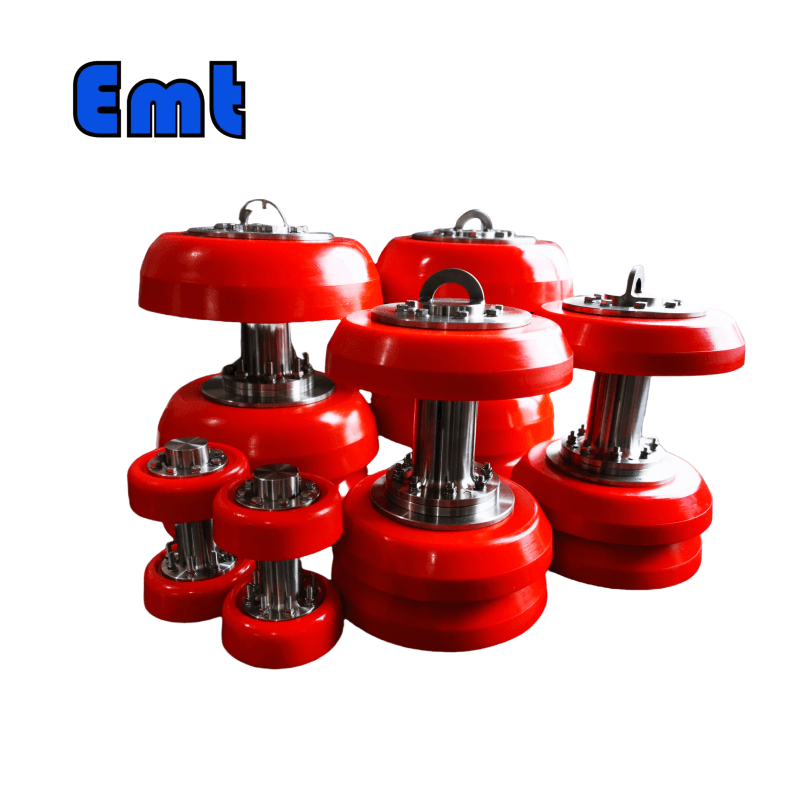
Dual Role of EMT Pigs in Cleaning and Monitoring Enhances Pipeline Safety
The dual functionality of EMT pigs, combining cleaning with advanced monitoring, significantly enhances pipeline safety. By ensuring the pipeline is free of debris while simultaneously checking for structural and operational integrity, EMT pigs provide a comprehensive safety mechanism. So this dual role helps in early detection of potential issues that could lead to accidents or failures.
Prevention of Potential Severe Problems Through Proactive Maintenance
Regular use of EMT pigs for proactive maintenance can prevent severe pipeline problems. By identifying and addressing issues like corrosion, cracks, and blockages early, these pigs help maintain pipeline integrity and operational continuity. Which are crucial for safety and environmental protection.
Discussion on How EMT Pigs Help Avoid Operational Delays and Financial Losses
EMT pigs are crucial for preventing operational delays in the natural gas industry. So they ensure pipelines run efficiently and safely, helping to avoid costly shutdowns and repairs. These pigs also help companies comply with safety regulations and maintain reliable supply chains. Ultimately, they protect a company’s financial performance and reputation.


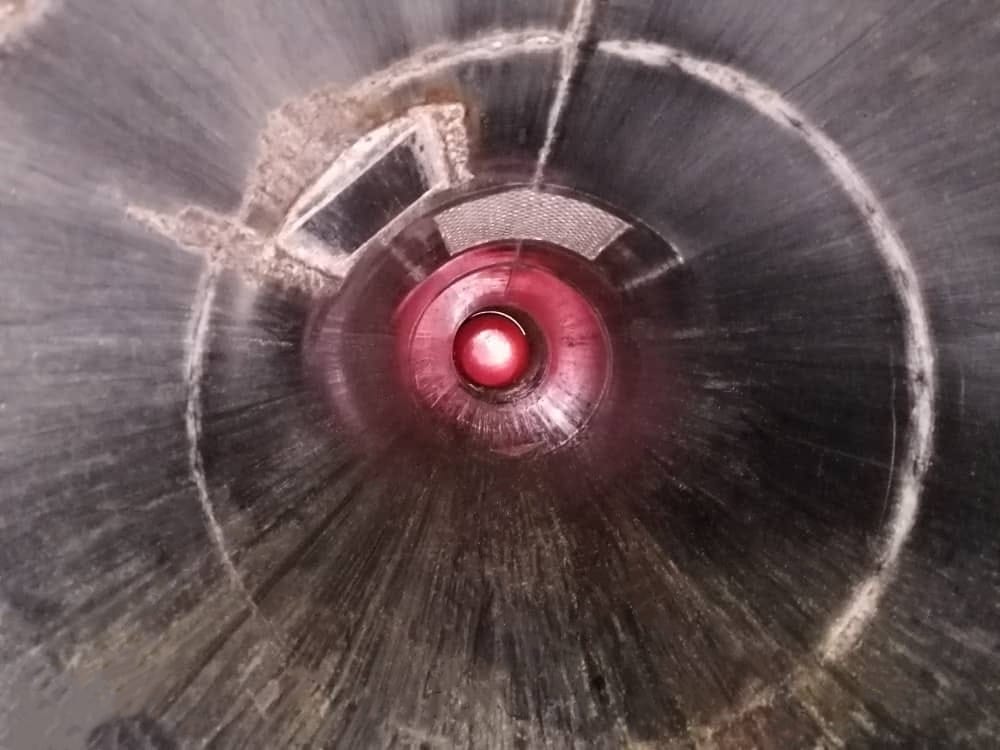
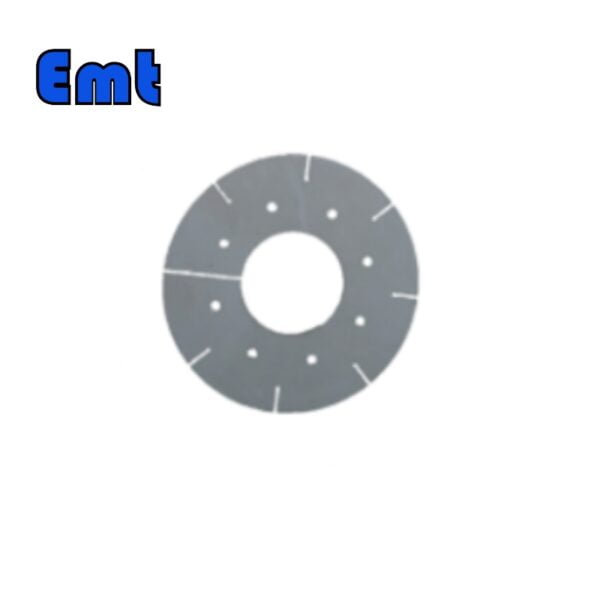
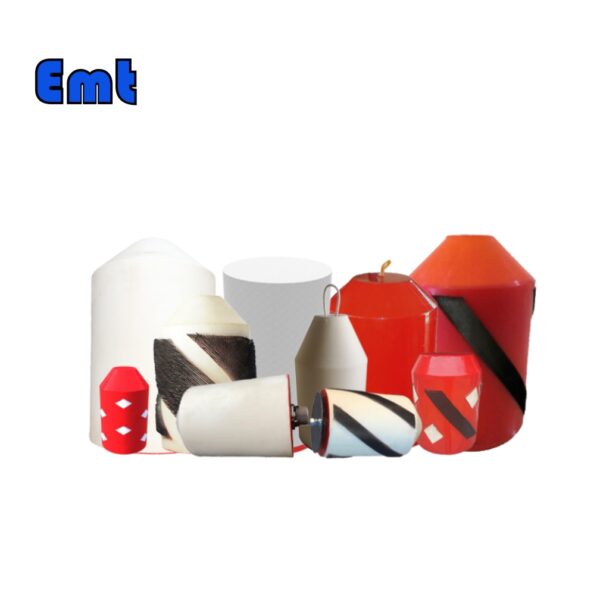
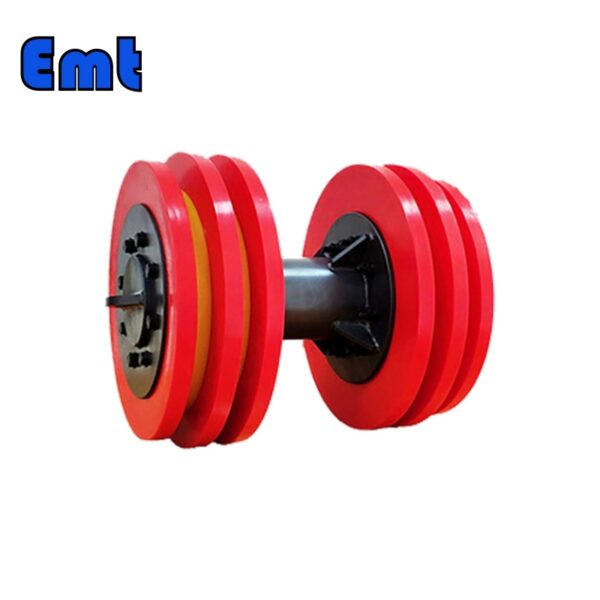
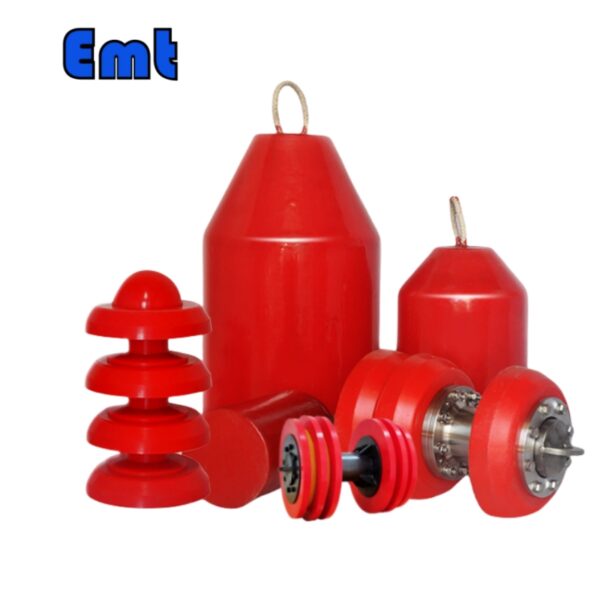
There are no reviews yet.